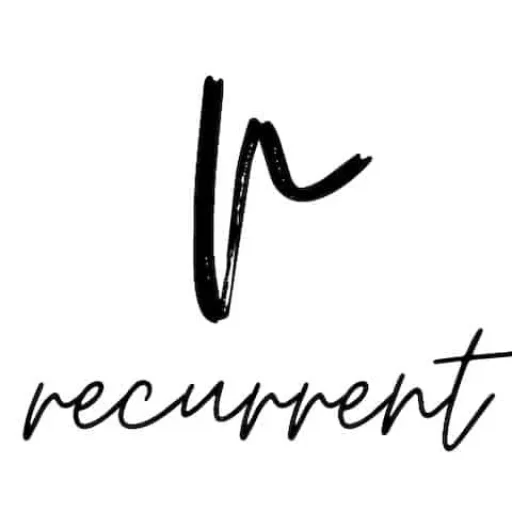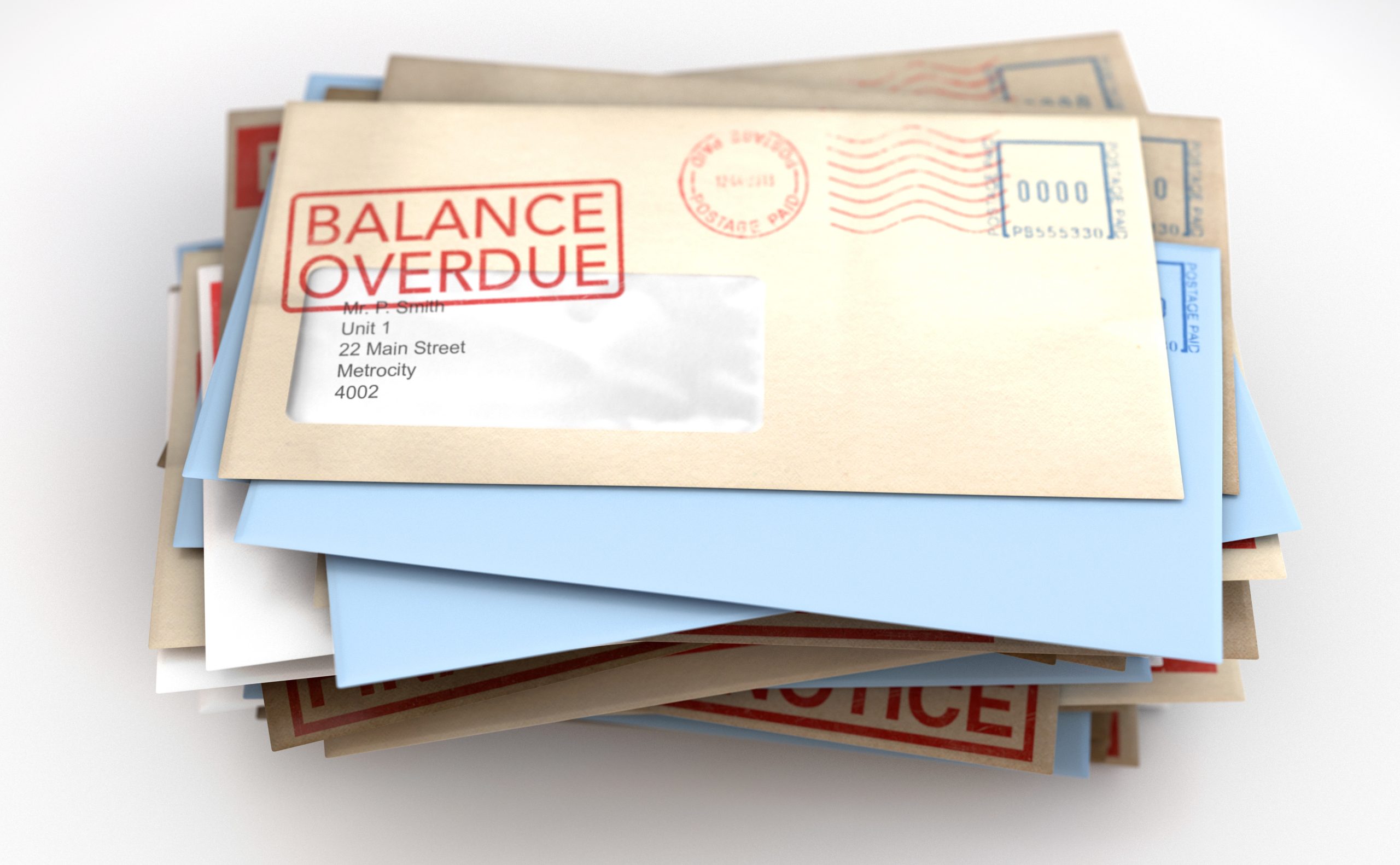The term arrears is used in accounting and finance to mean late or behind. The term balance in the same field means that when you add up everything that is the final result. Therefore, combining both terms with arrears balance means what is still outstanding on your account and needs to be paid.
You will likely see this term on bills, such as utility bills (which reflect previous bills and payments), credit card statements, or rental statements. It’s a polite nudge to let you know of an amount you have forgotten to pay. Should you ignore the statement containing this information the next letter will likely be a Letter of Demand to make payment within a certain timeframe and should that be neglected then legal proceedings will likely commence.
What Must You Do Before Paying
There are a couple of things you must do before making any payments towards the outstanding balance:
1. You must check the statement issued
Is the statement correctly reflecting the charges you have incurred or agreed to pay? Don’t be lazy, check everything. If the statement doesn’t provide the level of detail needed to answer that question confidently then you will need to ask the issuer of the statement for details of the charges.
This needs to be a genuine request for more information, this will not necessarily buy you more time. If the issuer of the statement deems you are delaying they may move to a letter of demand quicker.
A statement should list the charges and payments you have made over a specific time span. If you have not received a specific invoice please ask the issuer to send through the invoice again. When the invoice is issued verify the charges that have been made.
2. Check if payments have been made
On the statement check the issuer has collected all payments you have sent. If you have sent through cheques some may have gotten lost in the mail. Check your own bank statements to see if payments have been made and if those payments have been correctly received and reconciled on the issuer’s statements.
If a payment has been missed by the issuer let them know the date, the amount and the reference number (if available) when you made the payment. The issuer may instruct you to provide further details especially if the transfer was done through internet banking.
If the issuer cannot confirm they have received the payment then you would need to go to your bank and ask for a trace to be performed on the transfer. If it has gone to an incorrect account you should ask the bank for details so that you can contact the party that received your money by mistake.
The purpose of both of these exercises is to verify both the issuer’s statement and your statement of payments concur. Should the arrears balance be genuine then the next step is to start making payments.
Pay An Arrears Balance
There are a couple of things you should do when making payments on an arrears balance.
1. Make arrears payments obvious
You will want to make it clear to the issuer that the arrears payment made is for the arrears balance. Sometimes when a payment is made an issuer will apply the payment to the most recent charges instead of the later ones. Therefore, you will want to inform the issuer that payment of X amount made on date Y is for the arrears balance of Z.
The reason why you will want to be paying the arrears balance off first is that older outstanding debts don’t trigger any legal action due to the age of the debt.
2. Communicate with a plan
If you can’t pay the arrears balance in one go then you should look at finding a way to pay the outstanding amount off in a reasonable time. This would mean getting in contact with the issuer and asking if it would be possible to enter into a regular payment plan to pay the overdue amount.
The plan would need to be something reasonable and the issuer may require more evidence for why you’re unable to pay the amount off sooner.
In both instances, communication is key between yourself and the issuer. You need to be able to show your willingness to pay the outstanding amount off otherwise the issuer may take the next steps.
You could also look at other options to earn additional income to help pay off the amount, or possibly sell some unwanted items in your home.
Arrears Balance Consequences
The initial consequence of not making a payment towards an outstanding amount is that the issuer may cease to continue providing the services you are using. This may mean certain utility services being switched off, a credit card account closed, or a withdrawal from membership.
The next problem with not attending to an outstanding charge is that it leads the issuer down the path of seeking restitution by means of a court order. This court order can permit the holder to withhold wages from your employer or amounts from your bank account, or take possession of property.
In other words, it is serious and therefore you will want to take these statement notices seriously before things get worse.
Summary
If you’re struggling to pay your arrears balance, it’s important to take action as soon as possible. However, before acting check both their statement and your own statements to confirm the arrears balance amount is correct. Then be in communication with the issuer on your payments made or about a payment plan.
Don’t ignore arrears balances as they will not necessarily go away by themselves. The consequence of not paying an outstanding amount is the removal of services or an eviction and collection may still be required on the outstanding amount which the issuer may continue to pursue through the legal system to make restitution.

